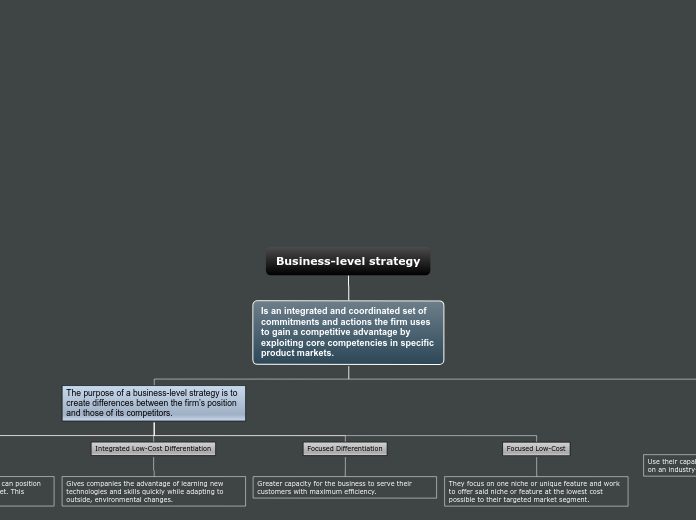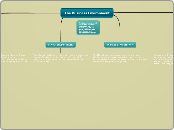por Naydelin Barbosa Arizpe 4 anos atrás
255
Organigrama
A business-level strategy involves a coordinated set of actions that aim to gain a competitive advantage by leveraging core competencies within specific product markets. Companies can target either broad or narrow markets, using their capabilities to create value on an industry-wide scale or for a specific customer group.









